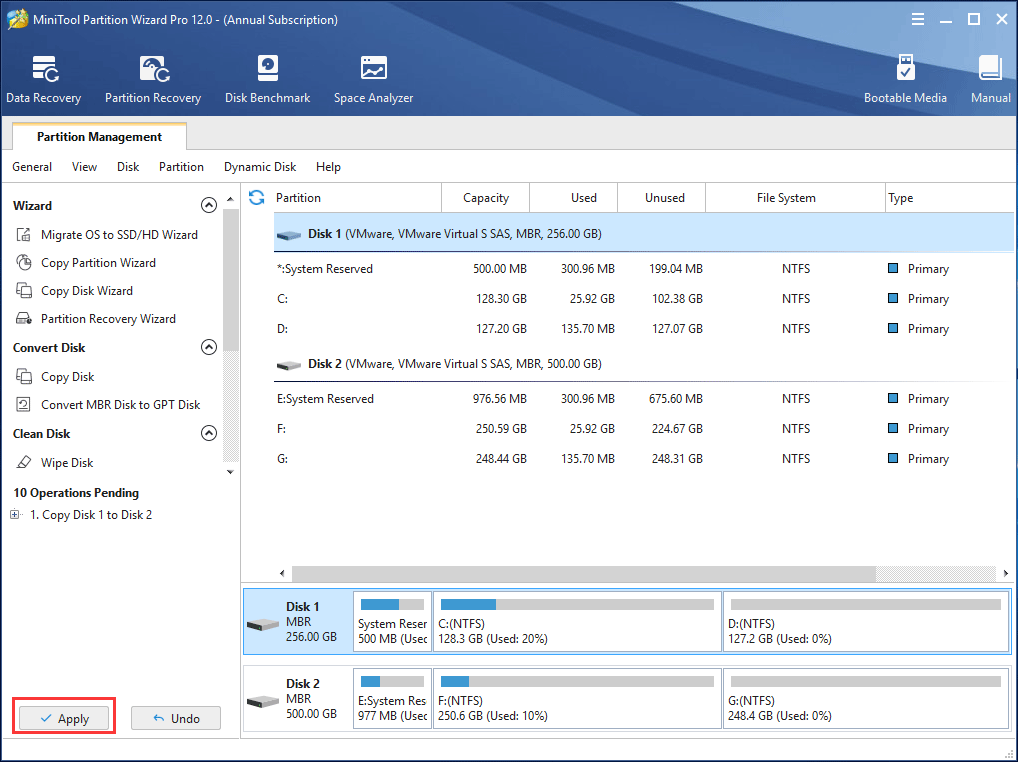
Type a name for the folder (for example, My Compressed Files) and press Enter. Quick tip: You can use the Ctrl + Shift + N keyboard shortcut to create a new folder faster. Browse to the folder that you want to use to store compressed files. To compress files and folders using NTFS on Windows 10, use these steps: Using the file compression with NTFS is the easiest method to make files smaller without the need to compress the entire drive, or use additional steps to zip and unzip every time you need a file, as the process is handled automatically without significantly impacting performance. How to compress files using NTFS file compression  How to know when you should and shouldn't compress files with NTFS. How to compress files using NTFS drive compression. How to compress files using NTFS file compression. In this Windows 10 guide, we'll walk you through the steps to compress files to free up space without the need for third-party tools. You can use compression at the file level or you can compress the entire drive. Whatever your situation might be, on Windows 10, you can enable NTFS compression in at least two different ways. VPN Deals: Lifetime license for $16, monthly plans at $1 & more
How to know when you should and shouldn't compress files with NTFS. How to compress files using NTFS drive compression. How to compress files using NTFS file compression. In this Windows 10 guide, we'll walk you through the steps to compress files to free up space without the need for third-party tools. You can use compression at the file level or you can compress the entire drive. Whatever your situation might be, on Windows 10, you can enable NTFS compression in at least two different ways. VPN Deals: Lifetime license for $16, monthly plans at $1 & more 
Or you could save files that you use frequently but that don't significantly impact your device performance, some of which can include pictures and documents. Also, it could be a suitable solution to set up a drive to store files that you rarely use. For instance, it could be another way to free up space, even after deleting temporary files and unnecessary contents. While the feature can degrade performance, there are plenty of scenarios where compression can still make sense. Even though you don't have to use additional steps, in the background, the feature still has to decompress and recompress files every time you access them, which is a process that requires additional resources.

However, enabling NTFS compression can have an impact on performance. On Windows 10, the New Technology File System (NTFS) file system includes a lightweight compression feature designed to reduce the size of files and save space while retaining normal access without the need for manual decompression like when using different containers.







 0 kommentar(er)
0 kommentar(er)
